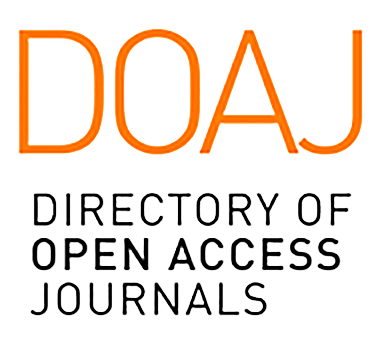

2708-9517








MLA Directory of Periodicals
REAO: East Asian Studies Journals
EBSCO Education
ProQuest
Google Scholar
Semantic Scholar
ROAD
BASE
Helka Helsinki Library
Baidu Scholar
Ex Libris
Jouroscope
US Department of Commerce Research Library

Danping Wang
University of Auckland, New Zealand
Yang Zhao
Peking University, China
This Covid-19 special issue is the first of its kind to present the most updated research from front-line teacher-researchers in higher educations of different socio-cultural environments, capturing their lived experience and perpetually evolving reflections on Chinese language teaching and learning during the pandemic.
The special issue is situated under the global Covid-19 pandemic context in 2020. At the beginning of the year, the outbreak of the coronavirus pandemic pushed many universities in the world to transform their classroom-based courses into online versions in an astonishingly short time. For many conventional Chinese language programmes, the pandemic crisis affected not only the course delivery mode but also teaching approaches and assessment methods. It also posed profound challenges to the current curricula based on traditional in-person educational philosophy. Needless to say, the emergency remote teaching has put enormous pressure on teachers and students in Chinese language programmes all over the world. Many teachers are forced to redesign their courses to ensure that learning objectives can still be achieved through a fair and honest assessment. They are also prompted to navigate new technologies and effective online pedagogies to keep their interactions as engaging as they used to be in the classroom. Students of Chinese are concerned with whether they are able to survive, not to mention succeed, in the challenges of learning a difficult Asian language from a completely novel mode of learning that requires a new set of learning strategies.
Many of the challenges we now face do not have answers in existing research and practices. Research in technology-enhanced language learning, computer-assisted language learning and distance learning has never seen such a massive scale of experiment at any educational level in formal education (e.g. White & Zheng, 2018). Studies carried out in small classes with motivated digital learners are not representative of the diverse student population. We need to respect the fact that many students have moved online with little time to prepare and under involuntary circumstances. Furthermore, excellent online teaching practices powered by well-resourced infrastructure as well as attractive learning games with advanced software do not respond to the reality of the digital divide in different parts of the world (Light, 2001). Popular commercial online courses are typically not aligned with school or university timetables and lack the flexibility and intensiveness to be transformed into mainstream online learning resources.
Therefore, identifying the multiple levels of challenges we face has become an increasingly urgent matter, as well as providing research-based suggestions and guidance to Chinese language teachers in different parts of the world. While we are struggling and experimenting with emergency remote teaching, we find it vital to immediately call for our colleagues teaching in different socio-cultural contexts to document their emergency teaching experiences and share their practices that have been beneficial to students learning Chinese in an online environment. We started to call for contributions in early April, and by the end of May, we had received 23 abstracts from many places in the world. Because of the tight schedule for this time-sensitive research, only five high-quality papers were included.